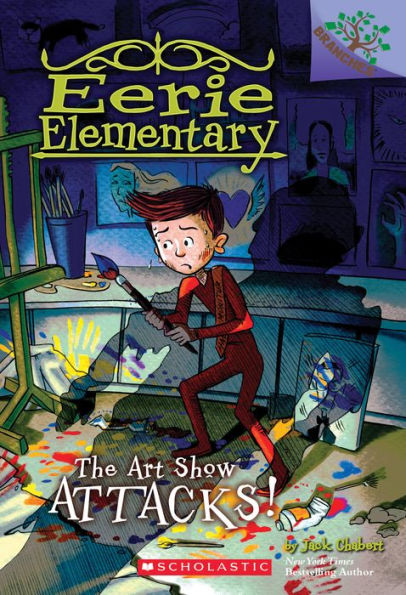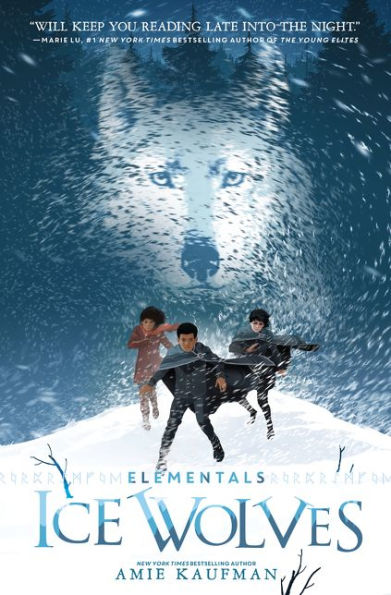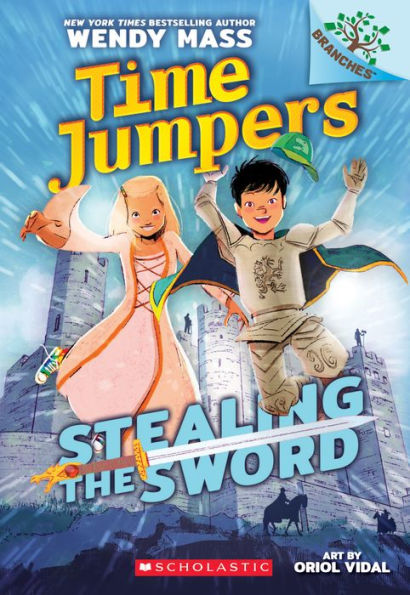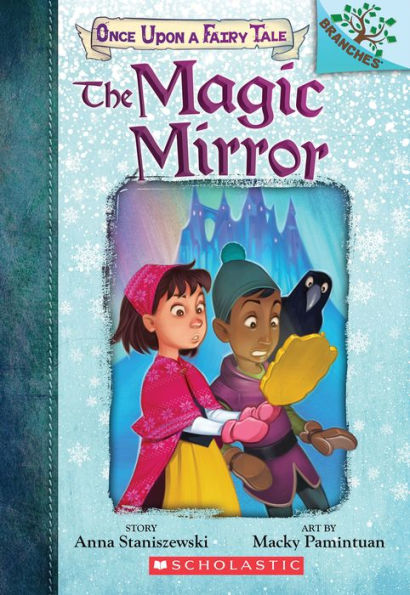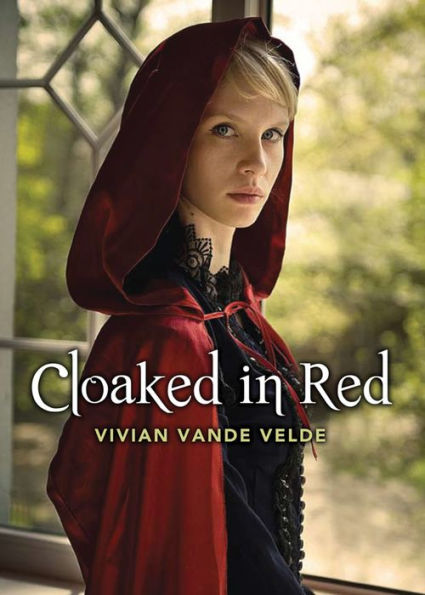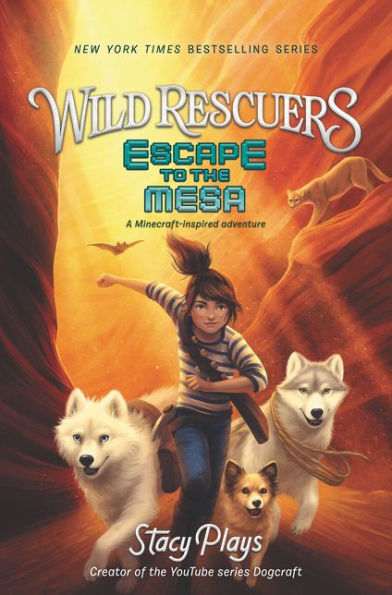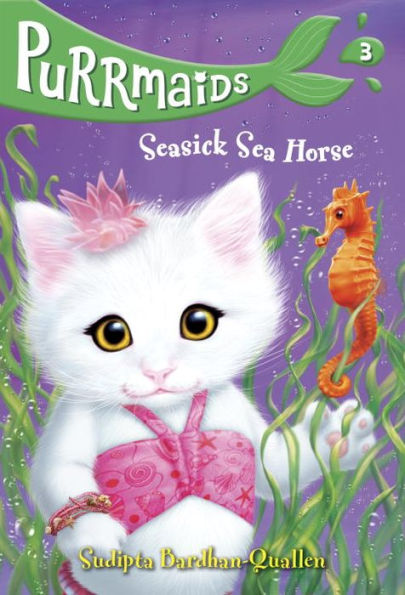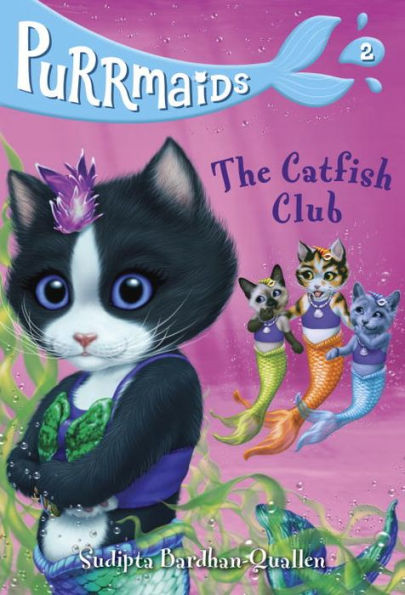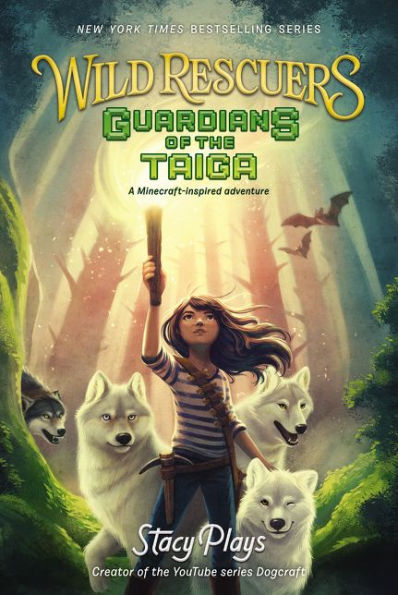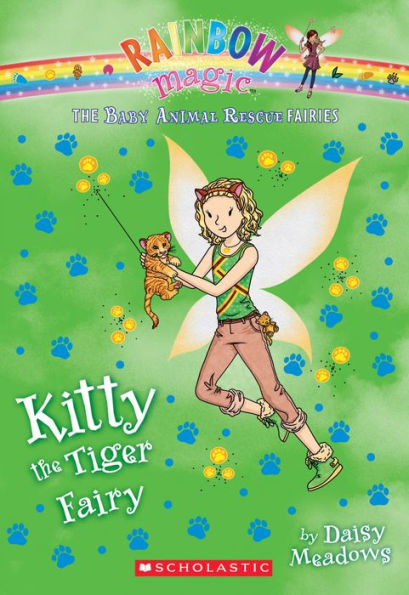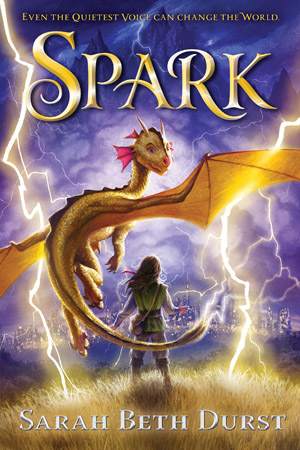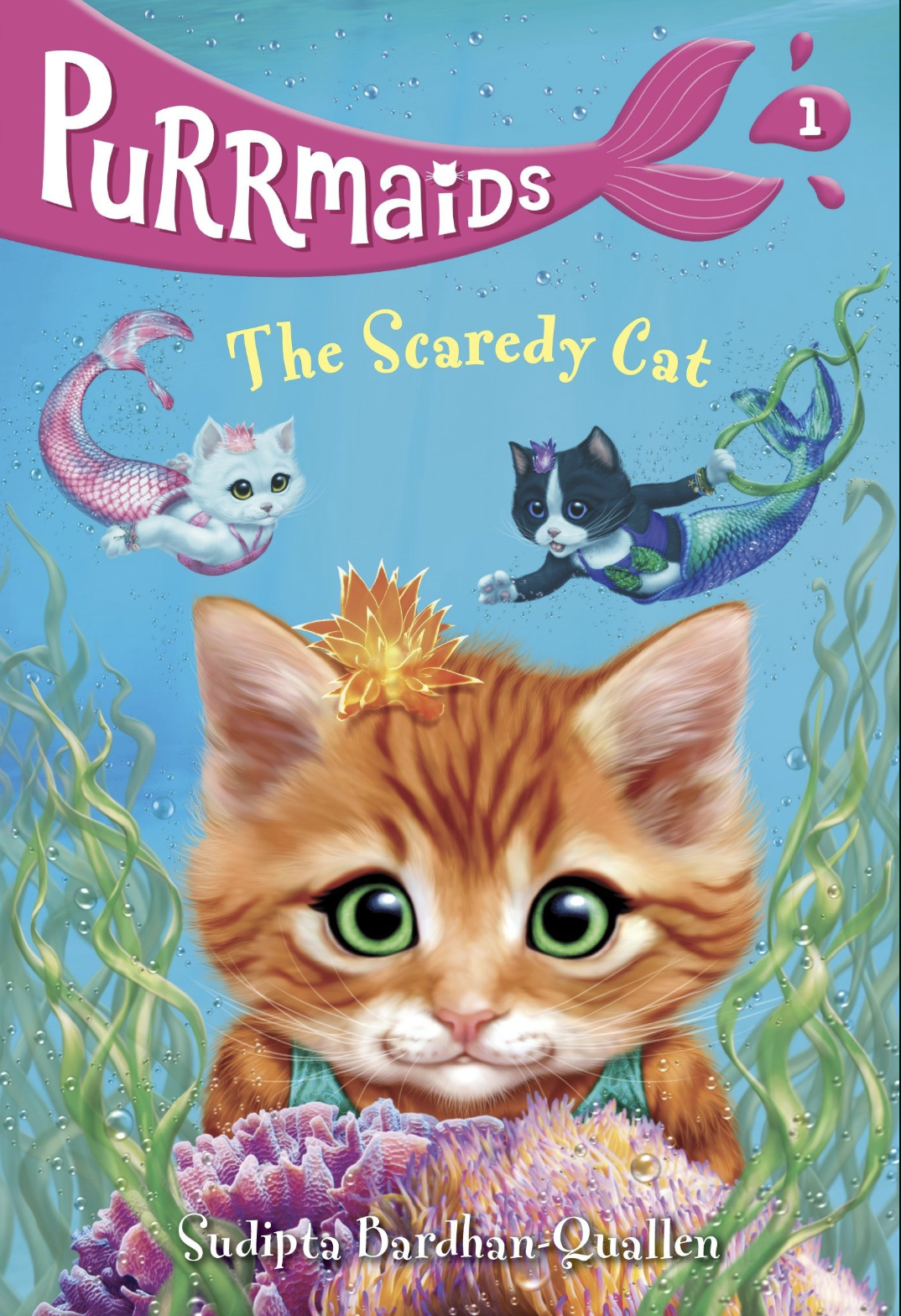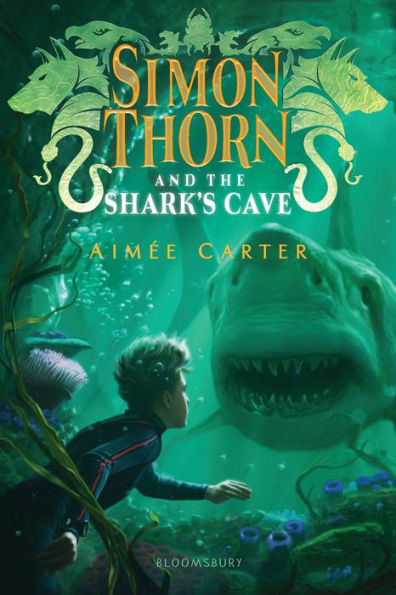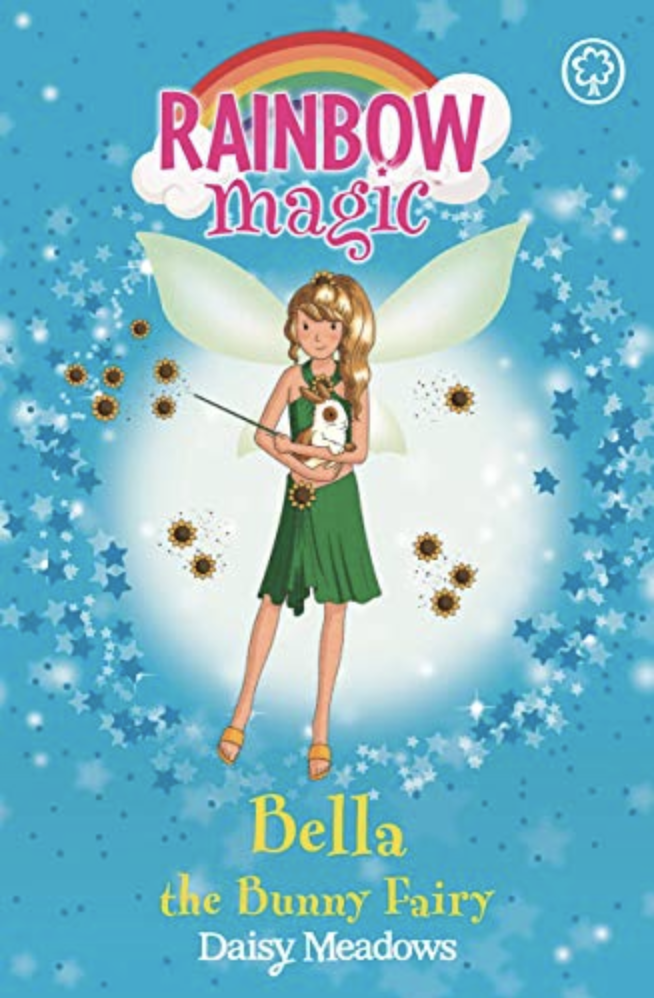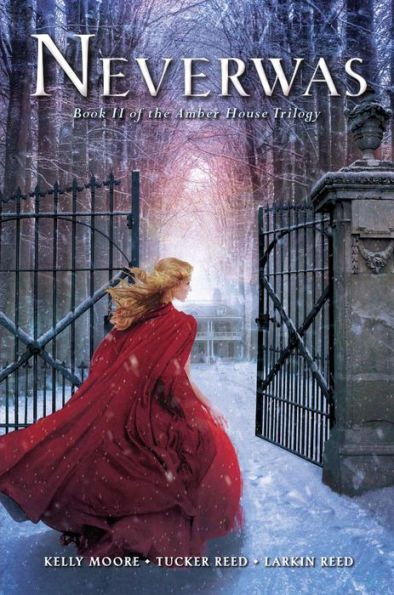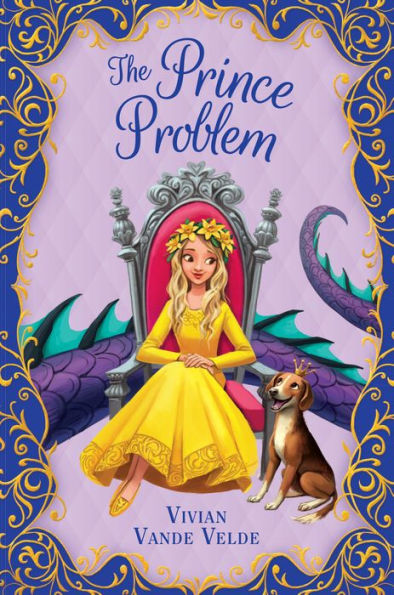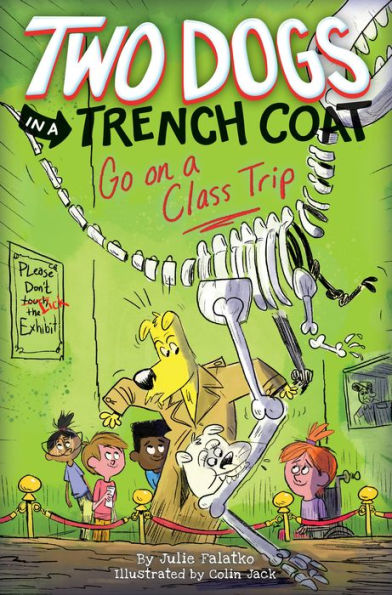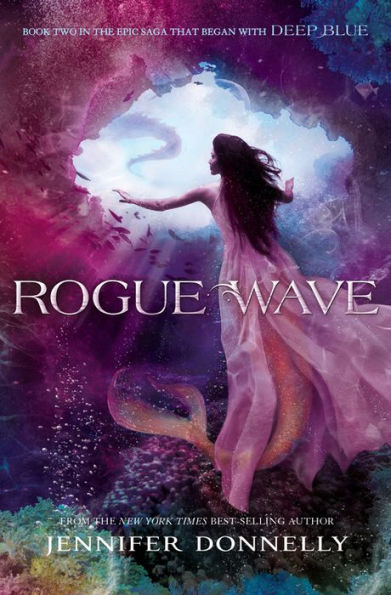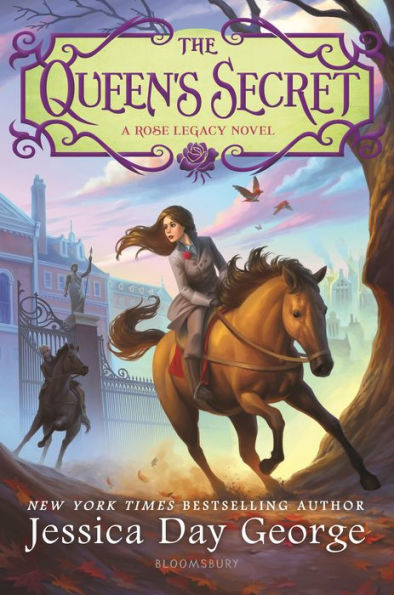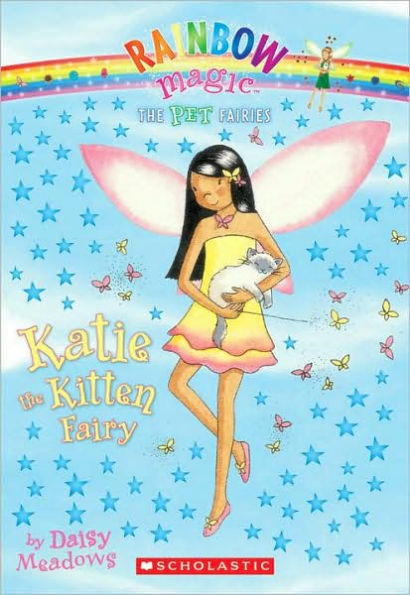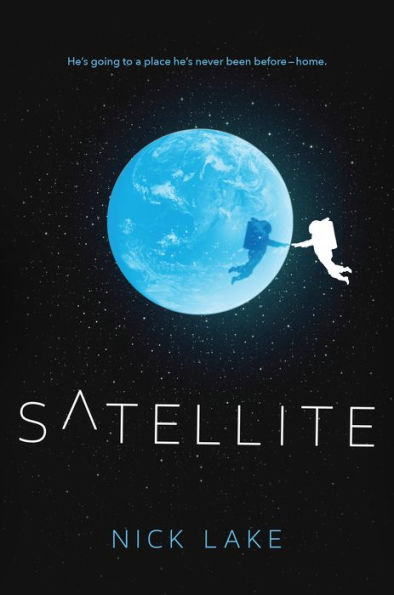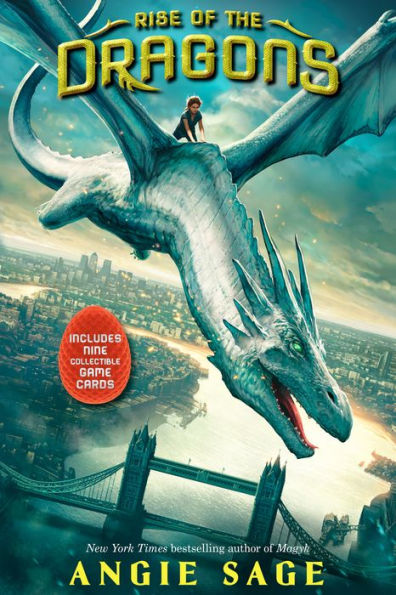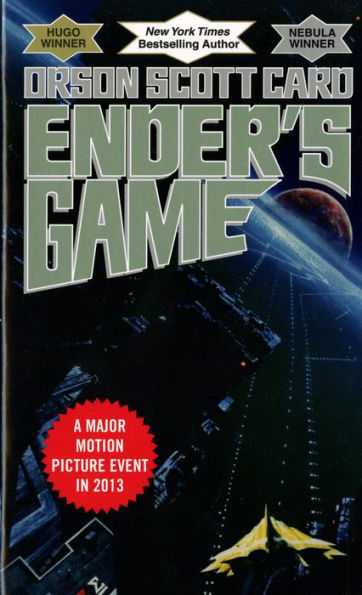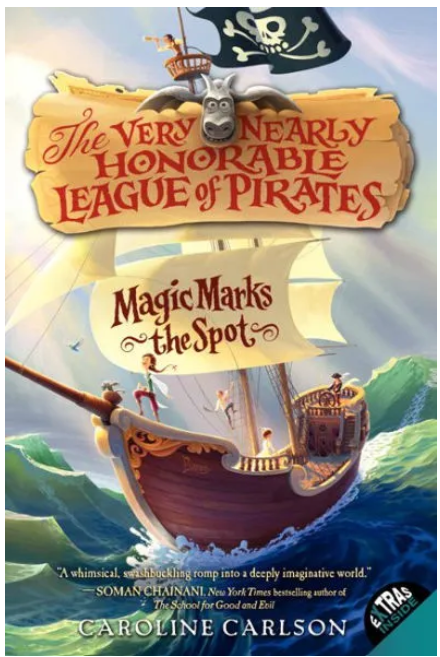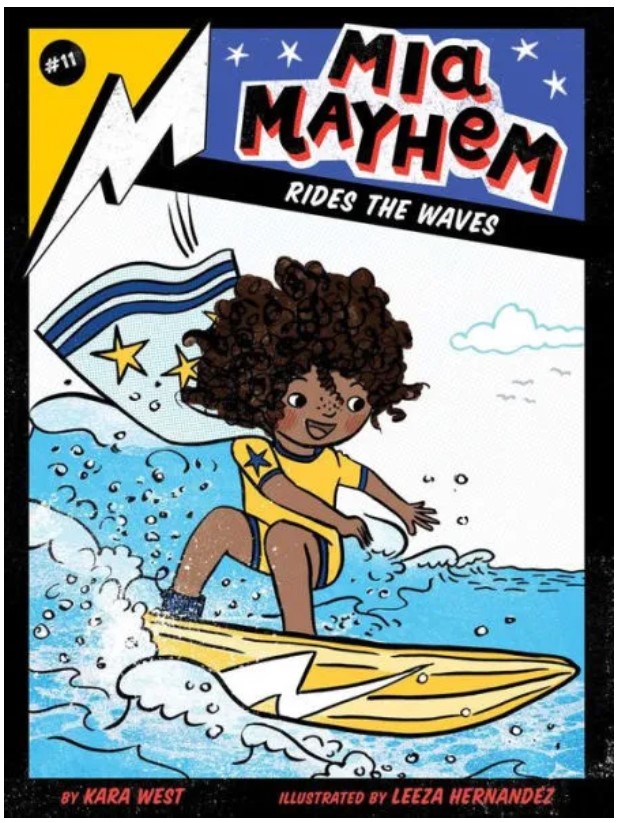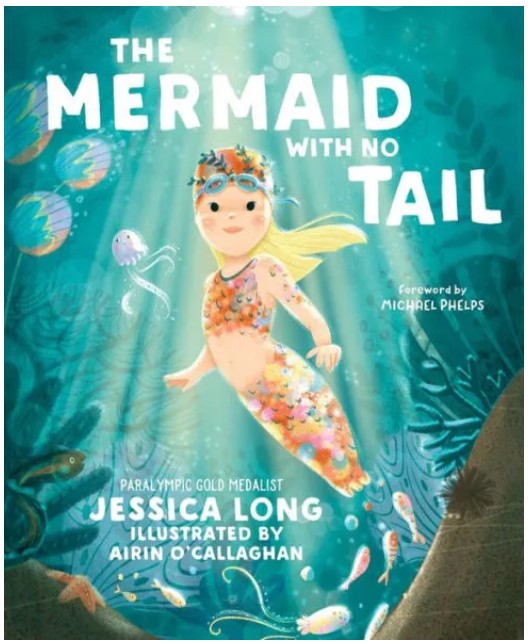Four thousand years ago an ancient evil destroyed Atlantis. This evil is stirring again, and it will take six mermaids—Serafina, Neela, Ling, Ava, Becca, and Astrid—to defeat it. The mermaids are descendants of the Six Who Ruled—powerful mages who once governed Atlantis. In order to defeat this evil, the mermaids must find the magical talismans that belonged to the six.
Serafina mourns the loss of her betrothed—the traitor who is working for the man who destroyed her realm. But Serafina doesn’t have time to mourn; she must research the location of the talisman and discover its hidden location before anyone else can. While following leads, she must avoid death riders, who have been ordered to capture her.
Neela travels to her home realm, Matali, to warn her parents of the impending danger. However, her parents don’t believe her outlandish story and confine her to her chamber so she can rest and recover. Neela needs to escape so she can find a talisman, which is in the possession of the fierce razor mouth dragons. As they hunt for the talismans, both Serafina and Neela need to rely on courage, cunning, and their allies. Can they endure danger, defeat death, and discover the secret locations of the talismans?
Rogue Wave, the second book in the Waterfire Saga, is full of action, intrigue, and a hint of romance. Even though the first book, Deep Blue, focuses on bringing the six mermaids together, none of the mermaids work together in the second book. Instead, Rogue Wave jumps back and forth between Serafina and Neela, as they both look for a talisman. Often one mermaid’s experience would end with a cliffhanger, and then jump to the other mermaid’s story.
Despite the interesting mermaid world, many of the events were extremely unrealistic. One minute Serafina is a strong, brave girl ready to face down evil, and the next minute, she makes rash decisions that make no sense. Instead of connecting with Serafina, some readers may find the whinny, impulsive mermaid hard to relate to. On the other hand, many readers will relate to Neela, who tries to cope with difficulties with eating sweets. Neela’s parents are more concerned with Neela’s appearance than anything else. Neela has been taught that as royalty, she must always look pretty wearing jewels. Readers will root for Neela as she tries to break out of her parents’ mold.
Rogue Wave continues the intrigue that began in book one. As Serafina travels looking for the talisman, she meets an interesting Spanish princess and is reunited with her betrothed. Serafina hopes to defeat evil and help her realm; however, she is unwilling to accept the obvious and naively ignores clues that prove some people plotted against her mother. Younger readers may enjoy the mermaid world and the intrigue, but more advanced readers will have a difficult time believing Serafina can become a strong leader. The conclusion of Rogue Wave reveals an important plot twist, and readers will want to read the third book in the series, Dark Tide, to discover how the other mermaids fit into the complicated plan of saving the mermaid realm.
Sexual Content
- As part of a disguise, Serafina uses a spell to give her an enormous bosom. Serafina complained, “It looks like I have two sea mounts stuck on the front of me. . . All I can see is my chest.” Her friend says the goal is to make the soldiers focus on her bosom, “not the face.”
- Mahdi and Serafina kiss. “And then she was in his arms and his lips were on hers, silently telling her who he was. Hers. Always. And for a moment there was no safe house, no danger, no grief. All she knew was the heat of his kiss and the feel of his heart beating under her hand.”
- The ghost of a Spanish princess tells Serafina about a pirate trying to capture her. The ghost says, “I vowed I would not be taken. I was a princess of Spain, meant to be wife to a French prince, not a wench to warm a pirate’s bed.”
- Mahdi tells Serafina that he has kissed another girl but that it meant nothing.
- Serafina and Mahdi get married, and Mahdi “cupped Sera’s face in his hands and kissed her, and Sera kissed him back, forgetting there were others nearby.”
- After Sera and Mahdi are married, as part of his secrete identity, he becomes betrothed to another.
Violence
- Serafina goes to Atlantis, where the Opafango live. Someone warns her, “The Opafango eat their victims alive. . . while their hearts are still beating and their blood’s still pumping.”
- Serafina ties a man up.
- When a soldier comes into a room, Serafina threw a dagger at him. His arm was “immobilized because her dagger had pinned his sleeve to the door.” The soldier is uninjured.
- A villain tortures people to get information. “Four days ago, he cut a finger off a child—a child, Sera—to make her mother tell him where her father was hiding. I saw him do it.”
- Someone tells Serafina about the raids that have been taking place. “Some of the villagers must’ve tried to fight. There were bloodstains on the wall and floors of the houses. They scribbled notes and left them behind. Please tell my wife . . . Please help us . . . They’ve got my children. . .”
- Death riders attack a safe house. Serafina uses a spell and “the explosion was instantaneous. The concussive force was so great, it shook the ground. . . she heard the impact of debris as it was flung against the iron and the bubbling and hissing of lava.” Someone tells her, “No one could survive a blast like that.” The scene takes place over two chapters. Most of the scene is running from the death riders.
- Someone captures Serafina in a net, but lets her go when they discover she is one of them.
- Someone tells Serafina about a man’s experiences with soldiers. “Traho’s soldiers beat him so badly, he lost consciousness. They left him for dead.” Someone found the man and took him to safety, but the soldiers “were rounding everyone up. . . My dad tried to fight them off, but they beat him up.”
- The ghost of a Spanish princess explains how she died. A pirate “locked me in my cabin. He boarded his ship and gave orders to bombard my vessel. . . I can still hear the cannon shot. I can smell the gunpowder. I faced death bravely, as a princess of Spain must. . . Drowning is not an easy death.”
- Neela and several others try to take a moonstone from a dragon’s nest. A baby dragon clawed her. “A swipe of pain across her back, sudden and blinding, made her scream. She dropped the moonstone. . . Blood rose from the jagged tears in Neela’s skin, curling through the water.” When Neela and the others try to leave the dragon’s lair, a baby dragon screeches and the father comes after them. The dragon knocks a girl down and “was advancing on her now, lashing his tail, baring his horrible teeth.” The group flees, and when the dragons follow, the mermaids lead dragons to a bloom of jellyfish. The scene takes place over 7 pages.
- A woman “nodded at two of her guards and they sized the grand vizier. She drew a crimson-tipped finger across her throat and they dragged him away.”
- During the introduction of the new regime, goblins patrol the crowds. A merman was “cheering halfheartedly. A goblin noticed, and punched him.”A human captures a mermaid and wants information. “His right hand was bloodied. Across from him was a mermaid bound to a chair with a rope. Blood dripped off her chin. Her head lolled on her chest. . . The mermaid lifted her head and spat out a mouthful of blood. Her lip was split. One of her eyes was swollen shut.” The man tells her, “I’d like to kill you, I’d like that very much. . . Unfortunately, I can’t. You’re valuable to me and you know it.”
Drugs and Alcohol
- Serafina uses a potion to put a group of men to sleep.
- Mahdi tells Seraphina about his partying and playing a beer game.
Language
- Someone calls Serafina an “idiot girl.”
- Serafina calls a man a “lumpsucker.”
- Several times, someone is referred to as “sea scum.”
- “My gods” is used as an exclamation several times.
- Hell is used twice. Someone tells Serafina death riders are coming and to “Get the hell out of here.”
- A death rider calls his companion a “dumbwrasse.”
Supernatural
- Some mermaids have magic. “Magic depended on so many things—the depth of one’s gift, experience, dedication, the position of the moon, the rhythm of the tides, the proximity of whales. It didn’t settle until one was fully grown.”
- Serafina and several other mermaids cast a bloodbind spell, which required them to mix their blood. The mermaids now share each other’s powers. For example, Serafina can now understand other ocean creatures’ languages.
- Some ghosts live in mirrors. An unknown evil man tries to use the mirror to get to Serafina. He watches Serafina through a mirror, but “Long, jagged cracks, running through the glass like a network of veins, held him back now. The spaces between the cracks were too small to fit his body through but large enough for his hand. Slowly, silently, they pushed through the mirror, hovering only inches from the mermaid. It would be so easy to wrap them around her slender neck and end what the Iele had started. But, no, the man thought, drawing back.”
- The ghosts, vitrine, that live in mirrors “stayed within the bounds of their own mirrors; others wandered through the realm. Some spoke to the living, others refused to. There was, however, one all were bound by: when a vitrina’s own mirror was broken, the soul was released from the glass.”
- While in the mirror realm, Serafina meets Rorrim, who feeds off of dankling. Rorrim explains, “It’s a little piece of fear. They burrow into backbones. A few of them will infest a nice strong spine, and then as the bones weaken, more come. . . There’s nothing, absolutely nothing, as tasty as fear. Doubt is delectable, of course. Insecurities, anxieties—all delicious, but fear? Oh, fear is exquisite!”
- Serafina uses a bloodsong, and “even after four thousand years, the blood came to life under Sera’s hand. It brightened as if newly spilled, then spun up from the floor in a violent crimson vortex. The mermaids heard a voice. And then another. And more. Until there were dozens of them. Screaming. Sobbing. Pleading. Shrieking.”
- In order to create an escape route, Serafina uses a vortex spell to make pikes burst.
- Several times throughout the story mermaids use transparensea pearls. “The songspell of invisibility used shadow and light and was notoriously difficult to cast. Spellbinders—highly skilled artisans—knew how to insert the spell into pearls that a mermaid could carry with her and deploy in an instant.”
- Serafina meets the ghost of a Spanish princess. Serafina agrees to take the princess back to Spain. The princess took Serafina’s hand “and Serafina arched her back, gasping. It was as if the ghost had reached inside her and wrapped a cold hand around her heart.” When the princess got to an island off of Spain, “Her body glittered now, became a million points of silver light, and then crumbled into a fine, shimmering dust. As Serafina watched, the warm Spanish winds swept her away, until all that remained was the echo of her laughter.” However, Serafina was exhausted because “the ghost had taken too much from her.” Serafina’s friends find her and help her recover.
- Orfeo appears even though he has been dead for four thousand years.
Spiritual Content
- Morsa, the scavenger goddess of the dead, can change forms and practices necromancy, “the forbidden art of conjuring the dead.”
- When someone dies, a priest places a white pearl under the person’s tongue to catch the soul as it left the body. Horok—the ancient coelacanth, the Keeper of the Soul—would take the pearl and carry it to the underworld.
- When Orfeo’s wife died, he built a temple for Morsa and summoned the goddess. Morsa gave Orfeo power, and he sacrificed people for Morsa. At first, he sacrificed “those without families in Atlantis, those who wouldn’t be missed. Then he came for us. He came at night. . . Orfeo gave her death, and in return, she gave him her forbidden knowledge. It made him so powerful that he created Abbadon and declared he would use the monster to march on the underworld” and take his wife back.
- When Neela finds a sweet, she says, “Oh, thank gods!”
